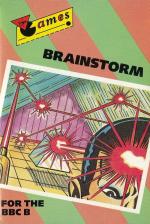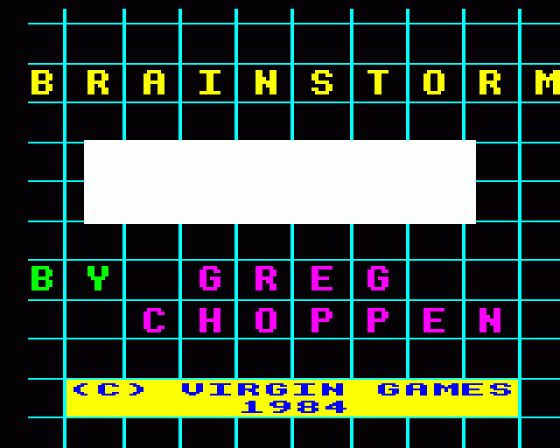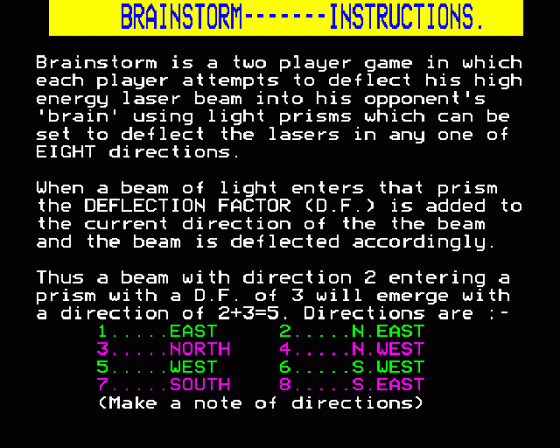Other Reviews Of Brainstorm For The BBC Model B
Brainstorm (Virgin)
A review by D.B. (Home Computing Weekly)
Brainstorm (Virgin)
A review by SC (Personal Computer Games)
Brainstorm (Virgin)
A review
Brainstorm (Virgin Games)
Cerebral Carnage
Brainstorm (Virgin Games)
A review


 1st August 1984
1st August 1984






